They have their own governments, passports, citizens and even currency in some cases. But for various complicated reasons, a number of countries around the world do not officially exist — some are even left off maps. That didn’t stop Guilherme Canever trying to visit them. The Brazilian author travelled to 16 unrecognized nations between 2009 and 2014 and recounts his experiences in his latest book “Unrecognized Nations: Travels To Countries That Do Not Exist,” which is released this month.
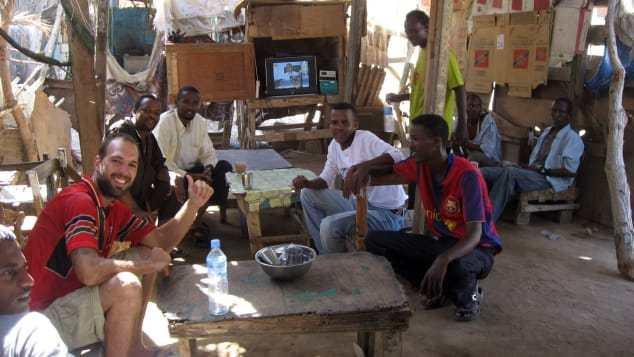
Brazilian Guilherme Canever recounts his trips to 16 countries that aren’t formally recognized in his book “Unrecognized Nations: Travels To Countries That Do Not Exist.” Although the definition of a country is open to interpretation, to be considered as such under International Law , a territory needs to have a permanent population, a defined territory and border controls, the ability to govern itself independently and relations with other countries. The final hurdle is gaining recognition as a state by the United Nations, which comes with a number of benefits such as having more access to economic networks. Those that aren’t recognized by the UN are not formally acknowledged as countries, even if they’re recognized by other nations, and can face many struggles as a result. Canever became fascinated with disputed countries after visiting Somaliland, an aspiring country located in the Horn of Africa that has sought independence from Somalia since 1991. “I was traveling through Africa by land in 2009 and ended up going to Somaliland,” he tells CNN Travel. “I was shocked when I realized I couldn’t use Somali money there. Then I started to understand this was a nation with its own institutions, laws and currency. “But it wasn’t recognized by any other country. It felt like I was in a parallel universe.” Despite unilaterally declaring independence from Somalia in 1991, Somaliland has never been recognized as a sovereign nation by any other country. This has made things particularly difficult for the territory, which has faced serious economic troubles over the years.
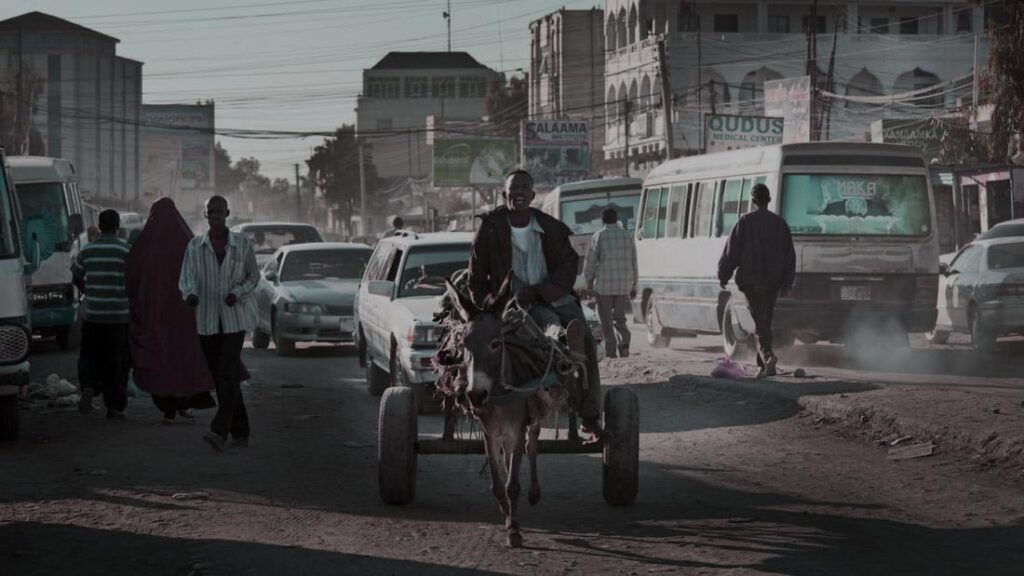
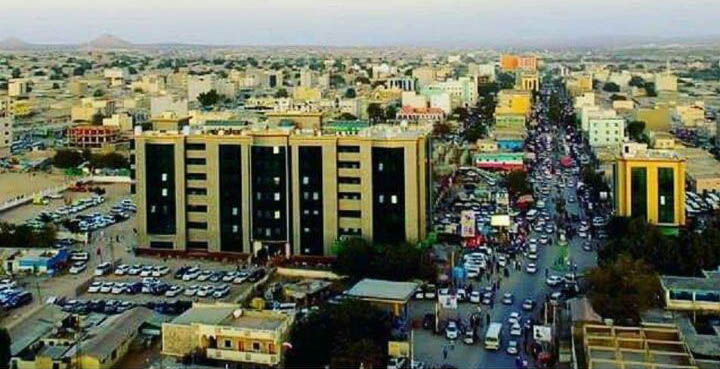
Somaliland hasn’t been recognized as a sovereign nation by any other country. “Somaliland is really on its own,” explains Canever. “They’ve struggled to survive because they have no allies.” Unemployment is high here, as are illiteracy rates, but he was extremely impressed by the resilience of its locals. “They spoke about their struggles,” Canever adds. “Many are dependent on the money that people working abroad sent them. “Because they are not recognized [as a country,] it’s very difficult to make exchanges with other countries. “It’s very hard for them to sell anything. So a lot of the people take the opportunity to work in other countries. “It’s a very difficult situation. But I can see they’re improving a lot.” In the years that followed his trip to Somaliland, Canever began to research other destinations with similar issues. After narrowing it down to 10 independent territories with limited international recognition and six autonomous regions that were previously independent or would like to be, he started planning his extensive trip. One of the most well known disputed countries on his hit list was Kosovo, which lies in the Balkans region of Europe. While Somaliland has suffered from a lack of allies, Kosovo has benefited from its many supporters. Since formally declaring independence from Serbia in 2008, with the backing of Russia, it’s been recognized as an independent state by more than 100 countries, as well as the International Olympic Committee, but UN member status has eluded the territory. Unlike some of the other disputed countries, Kosovo attracts a large number of tourists, with the majority of foreign visitors coming from Albania, Turkey and Germany. “Kosovo has the support of a lot of wealthy countries and many tourists come here,” says Canever. In 2018, the number of international visitors to the partially recognized state increased by 19% over the previous year. “You can see it’s developing, but there are a lot of small problems that still need to be resolved before they can become fully independent,” he adds. Related content
Passports for purchase: Open citizenship doors around the world Pain of divisionNorthern Cyprus isn’t recognized as an independent country by any other country but Turkey. Guilherme Canever Canever used global homestay and social networking service Couchsurfing during his trip in order to connect with locals and gain a deeper understanding of what it’s like to be from a place that’s existence is questioned. “One of the things I liked most about traveling to these [unrecognized] countries is that the interactions with the locals is very unique,” he says. “It doesn’t feel like they’re providing a service to a tourist. The tourist really becomes part of the community. “They open up their houses to you and allow you to take part in activities with them.” He believes this is due to a combination of genuine friendliness and curiosity. “If it’s a place that not many tourists go to, sometimes they are curious and want to know how the rest of the world sees them. “Most of these countries are very proud. Some of the people believe they’re better off than those in the outside world.” During his trip to Cyprus, which has been divided since the Turkish military invasion in 1974 backed by the Greek government, Canever witnessed first hand the level of pain this bitter separation has caused. While Turkey recognizes the area that comprises the northeastern part of the island as the Turkish Republic of Northern Cyprus, to the rest of the world it’s the Turkish-occupied territory of the Republic of Cyprus. “As soon as you cross the border, you can see the difference,” Canever says of his trip to Northern Cyprus. “I stayed with a man who told me his father was born in Turkey and his mother is Turkish Cypriot. “He could not cross to the southern part of the island because he is considered Turkish, not Turkish Cypriot. It was really difficult for him. “It’s very hard for the younger generation.” Related content
Why Georgia is one of the world’s most underrated skiing destinations Proud citizensCanever also spent time in Tibet, the remote territory known as the “roof of the world.” Guilherme Canever Abkhazia and South Ossetia, the two disputed territories in the Caucasus, were also on his itinerary. The former, a breakaway region of Georgia with strong ties to Russia, left a particularly strong impression on Canever. “Abkhazia is a beautiful place,” he says of the region, which is bordered by over 200 kilometers of Black Sea coastline. “It has lots of beautiful monasteries. “It’s not what you’d expect of a country that doesn’t exist. A lot of Russians go there during the summer for the beaches. “They have quite a big tourist industry. You can buy souvenirs like fridge magnets and T-shirts there.” However, the process of entering the self-declared sovereign state was far from simple. “You have to contact them by email [for an entry permit ] and they give you a set day for when you can go in [to get authorization],” he explains. “Then as soon as you enter the country, you have go to the the Ministry of Foreign Affairs to collect an official visa.” According to Canever, the people of Abkhazia didn’t seem particularly concerned with being recognized internationally. “They were very, very nationalistic,” he explains. “They got very emotional [when they talked about the country]. They would say that, as Russia supports them, they didn’t need the recognition of Europe or the US.” Over in the South Caucasus lies Nagorno-Karabakh — also known as the Republic of Artsakh. Like various other disputed countries, Nagorno-Karabakh is at the center of a long-running conflict between two nations. In this case, it’s Armenia and Azerbaijan. “Stepanakert [the capital of Nagorno-Karabakh] is easy to go to from Armenia,” Canever says. “It’s very peaceful. There are pretty squares surrounded by flowers where people sit and have drinks. “But the line of conflict is just a few kilometers away. Sometimes there are still exchanges of gunfire, so there’s a lot of tension.” The area is home to a number of pretty churches and monasteries, such as the Gandzasar Monastery. “There are also beautiful mountains and a lot of places you can visit safely,” adds Canever. South Ossetia, a mountainous territory between Georgia and Russia that’s officially part of the former, is seemingly less of a tourist draw. “Not many people go there,” he says. Canever also visited Transnistria, based between Moldova and Ukraine, which declared its independence in 1990, a year before the fall of the Soviet Union. Related content
Northern Cyprus: Visiting a country that doesn’t exist Official recognition beckoning?Western Sahara — a non-self-governing territory. Guilherme Canever But despite having its own currency and border controls, the territory is yet to be recognized by the UN. Canever was able to access the country via Moldova. “To travel there you have to change your money into Transnistrian ruble,” he says, explaining he was initially skeptical of how efficient things would be here. “Pretty much all of its institutions work. I even tried to check how well they work buying a postcard and sending it home to see if it would arrive, and it did. “It was quite interesting to see that some of these places do have full control of their territory.” Although South Sudan became the newest recognized country in the world in 2011, there’s been little to suggest any of the other aspiring countries will be granted that same privilege any time soon. While he certainly doesn’t claim to be an expert on boundary disputes, Canever says his experiences and the extensive research undertaken while writing the book have shown him that creating new border lines and countries aren’t necessarily the best way to solve problems in lands. “Most of these countries began as minorities that were having problems and wanted to be independent,” he explains. “But as soon as they get their independence, they become the majority, and there are still minorities in their land that need to be protected. “Drawing lines and making new borders doesn’t help if you don’t have full democracy in a region.” Source link
Source: MENAFN0707202001620000ID1100448694
This article is reposting from

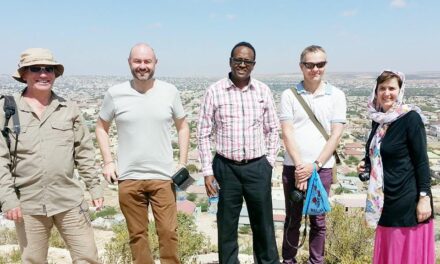
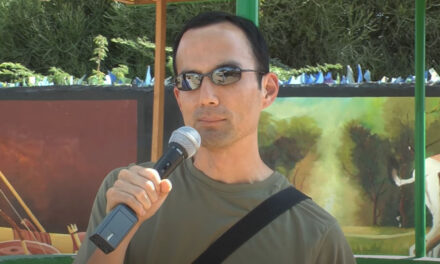
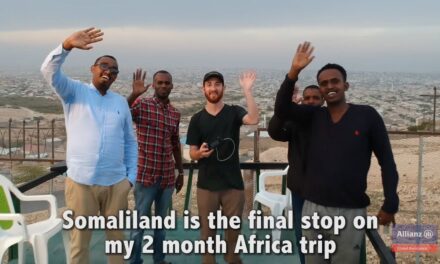
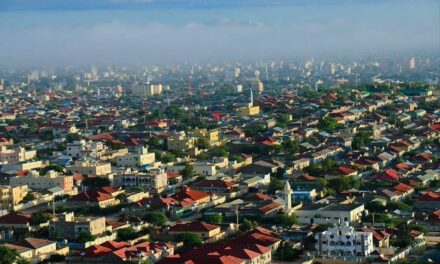
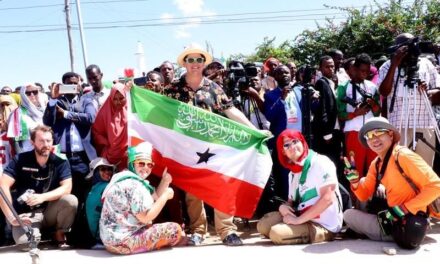
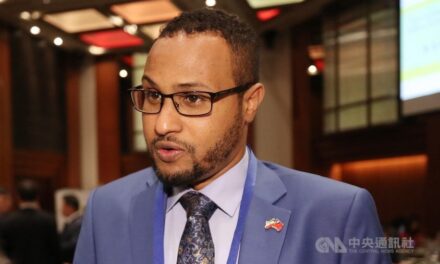
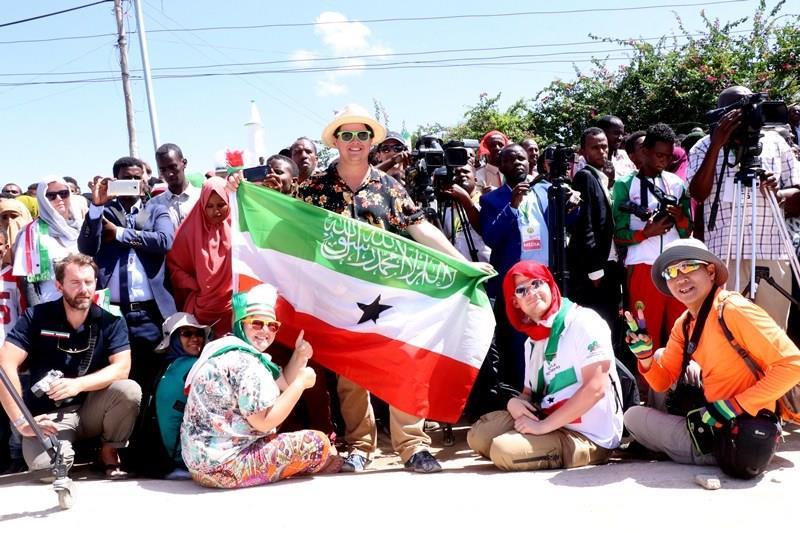
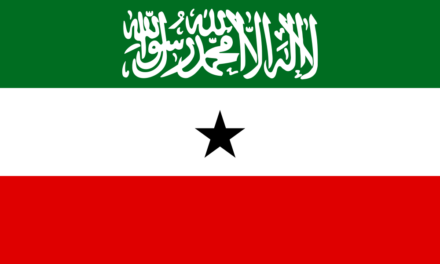
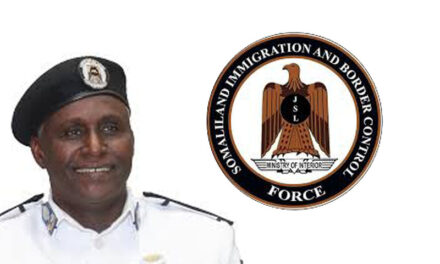
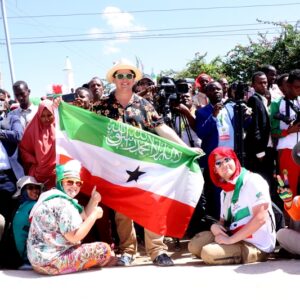
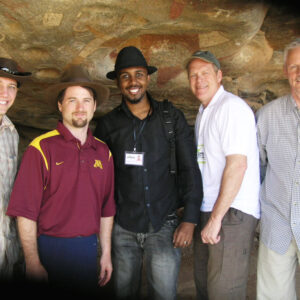
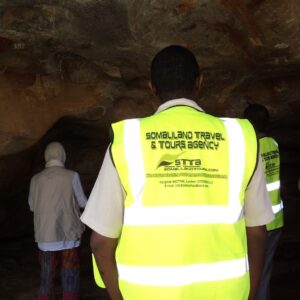
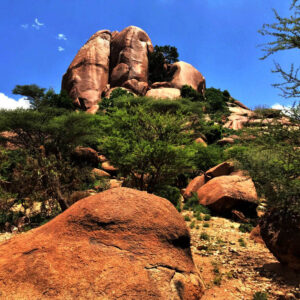
Recent Comments